In 2025, Hanoi Medical University had 46/1,070 students graduating with honors, accounting for 4.3%. Meanwhile, at Foreign Trade University, nearly 80% of 1,300 students graduating in April achieved honors and excellent grades. Similarly, National Economics University recorded half of its 4,610 students achieving honors this year.
Those "telling numbers" have shown the imbalance in output standards between training sectors in the university education system in recent years.
The standard score for the medical major usually ranges from 17 to 28 points, among the schools with the highest standard scores each admission season. The medical major is also famous for its heavy and difficult curriculum. Students have to study for 4-6 years with a huge amount of knowledge and continuous clinical practice at the hospital.
Grading in the medical field is very strict, requiring students to be well-rounded, good at theory and good at practice. This strict evaluation standard is both a pressure and a guarantee of the quality of each medical student's medical degree.

Students of Hanoi Medical University at the 2025 graduation ceremony (Photo: HMU).
Meanwhile, students of economic schools are applied more flexible assessment methods. If the test scores are not high, students can completely make up for the points with group assignments, essays, attendance points...
However, most of the training process in the first 3 years does not have practical assessment methods. The training program is mainly theoretical and lacks connection with businesses for learners to demonstrate their ability to apply knowledge to solve practical problems.
As a result, students have a very good transcript but may be weak in skills, and the recruiting company still has to retrain them.
Another reason for the high graduation rate of many economic schools is the competition for admission and brand promotion. Many places tend to “beautify” the output by building easy assessment standards that are not really close to the reality and demands of the labor market. This unintentionally creates a mentality of studying to get a degree rather than studying to gain capacity.
More dangerously, in some places, negative phenomena such as "asking for points, running for points", "buying degrees" have appeared. When scores no longer reflect reality, society will lose faith in degrees, and real students will suffer.
Also in the comparison between medical students and economics students, it is not difficult to see the imbalance in treatment policies and labor value assessment through salary payment.
A good doctor must study for 6-9 years, practice tirelessly, endure life-and-death pressures, have expensive tuition fees, but a modest starting salary, even when working in private hospitals.
Meanwhile, a Bachelor of Economics only takes 4 years to study, graduates earlier, and has a starting income of "double digits" or more if the ability is good.
This creates a mismatch between qualifications, abilities, education costs and income. Real qualifications, high abilities, and large education investment costs do not necessarily mean correspondingly high income. The labor market has its own reasons for paying wages, which are "out of sync" with the training process, thus discouraging learners from actually studying, taking real exams, and actually working.
For these reasons, the upcoming reform of higher education should be a process of restructuring the entire system, from admissions, training organization, quality assessment to the mechanism of using and rewarding human resources. When real learners and real workers are treated fairly and respected for their true value, then education will truly be the foundation for sustainable development.
Comprehensive restructuring of the university education system needs to focus on three pillars: linking training with practice; building output standards close to the reality of work after graduation; and establishing a fair and transparent remuneration system.
In the training pillar, it is necessary to radically change teaching methods, reduce theory, increase practice, compulsory internships and assess capacity through real projects. Schools must connect with businesses, hospitals and social organizations to create a practical learning environment for students right from when they are still in the classroom.
In the output standard pillar, schools need to establish a system to assess practical capacity, professional skills and work attitude, and cannot rely solely on course scores. Standardized exams, competency tests or assessments through professional internships should be included as a mandatory part of the graduation process.
In terms of preferential policies, specific fields of study that have great contributions but low incomes, such as health care and education, need to be given priority support. At the same time, there needs to be a mechanism to encourage students to study for their abilities, for their ideals, for their aspirations to contribute, not to chase after benchmark scores or "labels" of the field.
Hien Mai - Phan Sang
Source: https://dantri.com.vn/giao-duc/hoc-tot-hanh-gioi-van-thu-nhap-thap-va-bai-toan-nguoc-cho-giao-duc-dai-hoc-20251004004528969.htm








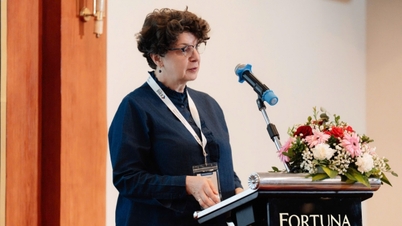






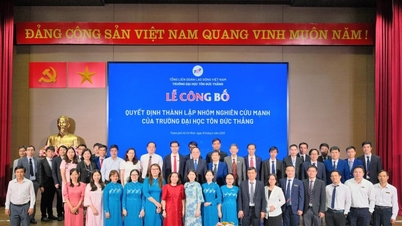



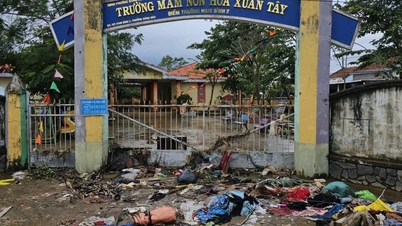



























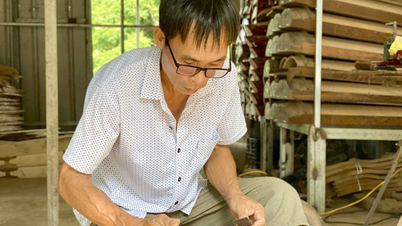






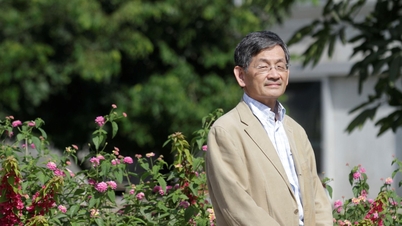



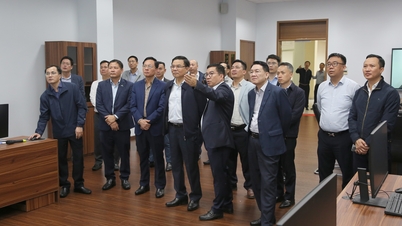
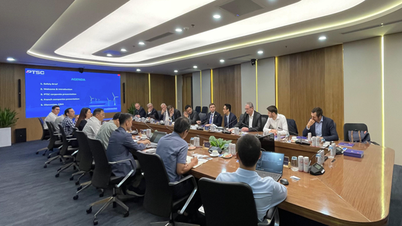





















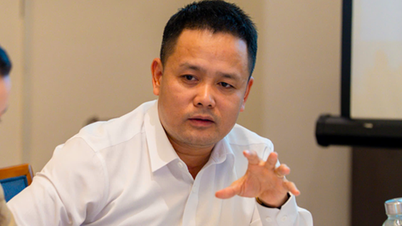



























Comment (0)